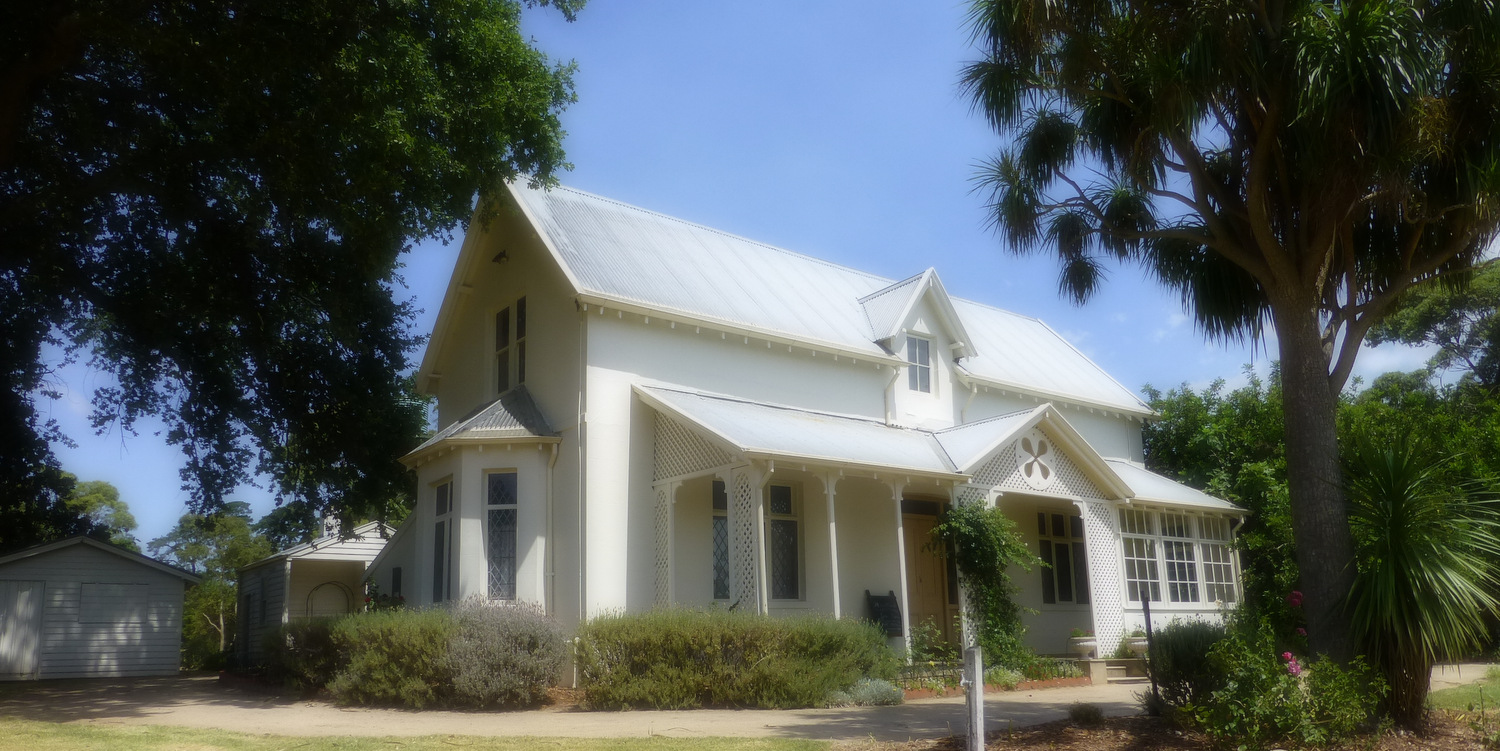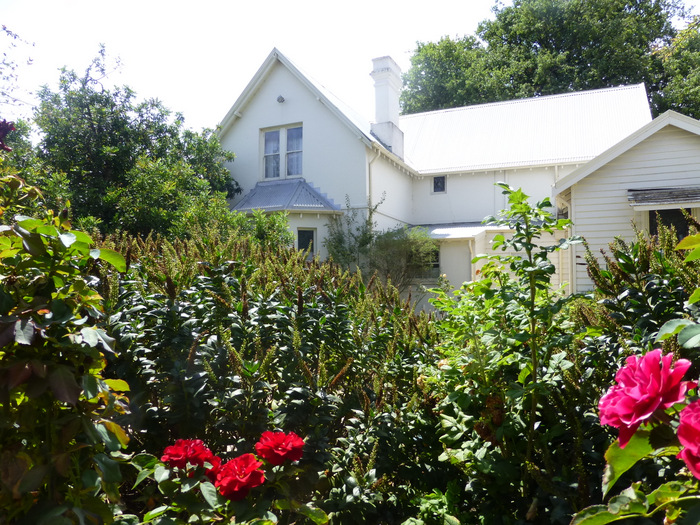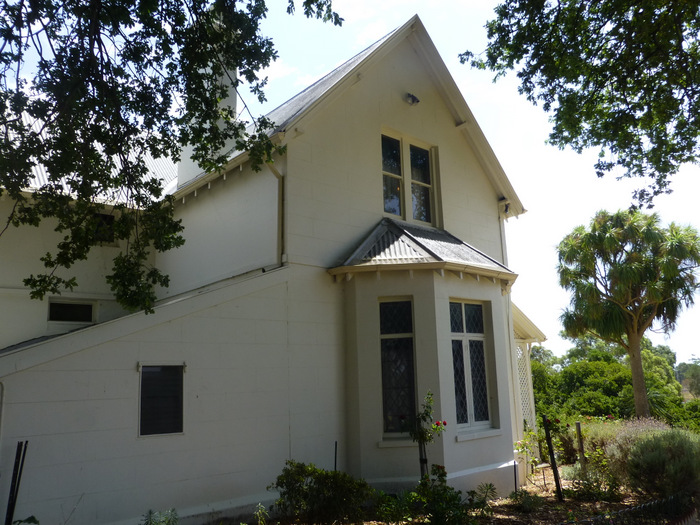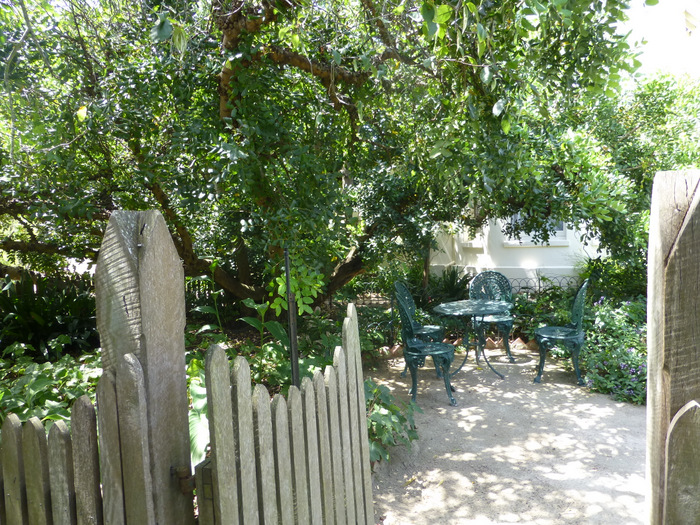Legend has it that every night, upon darkness, a lantern shone from a little window on the first floor of the Liardet family home. A beacon, lit for travellers making their way through scrubland with their wagons, along narrow dirt tracks to Melbourne’s new outposts. In the 1800’s this little French-style farmhouse served as a guiding light to acquaintances and strangers alike. Today it stands a marker in our early history, whose tale reminds us of a kinship and community spirit that shines so brightly during harsh times.
 The story of Ballam Park Homestead begins some 16 years earlier with the arrival of the Liardet family from England in 1839. Landing on the beach at Sandridge (now known as Port Melbourne) the family of eleven set up camp within thetea tree bush, just behind the shoreline.
The story of Ballam Park Homestead begins some 16 years earlier with the arrival of the Liardet family from England in 1839. Landing on the beach at Sandridge (now known as Port Melbourne) the family of eleven set up camp within thetea tree bush, just behind the shoreline.
The pristine beach was uninhabited with the exception of two fishermen. It was in this new wilderness the Liardets and the ensuing community flourished. The family patriarch, Wilbraham Frederick Evelyn Liardet, born to aristocracy and having served in the Royal Navy, was educated and resourceful. A man of optimism and valour, he and his family undertook many services to the community during their early days in Australia. This is well evidenced in firsthand accounts of people who met the family. Read first hand accounts of the Liardet family..
'An enterprising man, Wilbraham embarked upon many ventures
which took him from riches to rags more than once in his lifetime'

An enterprising man, Wilbraham embarked upon many ventures which took him from riches to rags more than once in his lifetime. The financial crisis spaning 1841 to 1844 placed a heavy toll on him and the depression of the late 1850’s left him broke. His legacy however was a collection of sketches and water colours depicting the life and times of Melbourne and its settlements. These are currently held at the La Trobe Library.

'The tiny lamp room overlooks the north-facing front of the
house and lies between the two bedrooms on the upper floor.'
The homestead is rendered solid brick, built set upon a pit of rock, a method employed due to the lack of materials available for setting foundations in the day. It is the oldest surviving brick residence in the area. The original floor plan was ‘T’-shaped, with two rooms off the hallway entrance and a kitchen at the rear. The first floor layout is a mirror image of the ground floor, with the boudoir, bathroom and nursery above the kitchen. The tiny lamp room overlooks the north-facing front of the house and lies between the two bedrooms on the upper floor. The gabled verandah is supported with square verandah posts and corner brackets to the east. The west end has a windowed enclosure. The gable is latticed and decorated with a large four leafed clover.

Our guide, Pam, a volunteer of the local Historical Society, lovingly shows us around the property. She begins the tour in the garden with a gnarly old carob and massive oak tree, now heritage listed. She tells us also of the healthy grove of olive trees believed to have been planted by the Liardet family. Before entering the house, Pam passionately gives a detailed account of the Liardet pioneering story.

Frederick was joined at Ballam Park by his parents, Wilbraham and Caroline in the late 1850’s and he expanded his land holdings in 1859. Sadly, he too encountered financial distress as the depression deepened, and sold the property in 1863 to the Long family. This marks the next chapter in the homestead’s story, one which we will leave to another time.
Today goodwill still shines brightly at Ballam Park Homestead. It is visible in the eyes of volunteers that sparkle with passion whilst sharing the history. It is evident in the carefully tendered gardens that still grow the original trees. It is apparent in the donations of artefacts that fill each room. It is plain in the advocacy which has ensured the survival of homestead. The lantern may no longer be lit, but here at Ballam Park the embers of the Liardet community spirit still have a brilliant glow.
[1] Hiscock, Michael, Wilbraham Frederick Evelyn Liardet Romantic Visionary of the Beach 1839–62, p5.
The Liardet story is a fascinating piece of pioneering history. It is one that offers a genuine insight into the people and times of early European settlement. There are numerous primary and secondary historical sources documenting this story which, I promise, will not disappoint should you wish to read further.
Resources
Liardet, Wilbraham Frederick Evelyn (1799–1878)
http://adb.anu.edu.au/biography/liardet-wilbraham-frederick-evelyn-2358
http://www.slv.vic.gov.au/latrobejournal/issue/latrobe-54/t1-g-t1.html#n16
http://trove.nla.gov.au/people/498856?c=people
http://residentjudge.wordpress.com/2008/07/16/wfe-liardet-and-the-documenting-of-history/
http://pmhps.blogspot.com.au/2013/07/separation-becoming-victoria.html
http://canterburyheritage.blogspot.com.au/2009/01/s-s-gazelle-1852-1889.html
http://en.wikipedia.org/wiki/Wilbraham_Liardet
Ballam Park
www.rootsweb.ancestry.com/~vicfhs/Ballam_Park_Homestead.html
www.trove.nla.gov.au/ndp/del/article/75038311
www.visitfrankston.com/ballam-park-homestead-frankston-historical-society
www.environment.gov.au/cgi-bin/ahdb/search.pl?mode=place_detail;place_id=5820
Ballam Park Homestead, Frankston Historical Society, Frankston City Council Booklet.
Gaynor, Andrew 2007, The Families of Ballam Park Homestead, Frankston City Council Booklet.
